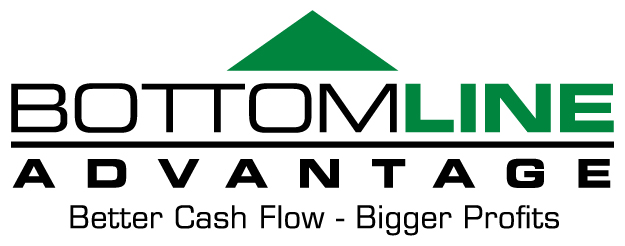- May 3, 2016
- Posted by: admin
- Category: Secrets of Hidden Profit

Spend analysis is one of those projects that gets put off, sometimes indefinitely. This is especially true when it’s time to review indirect expenses — the costs related to maintaining and running your business — such as printing, IT, telecom, and even waste management. Why is that? If you can save your company hundreds of thousands of dollars by performing regular reviews of vendor agreements, why wouldn’t you?
The answer lies in our perception of opportunity cost. Economist and researcher Russell Roberts defines opportunity cost as “what you have to give up to get something.” Simply put, most business decision-makers realize they might find savings if they were to perform spend analyses; but they also realize that the process of analyzing such “fixed” costs is time-consuming and that it will take their staff away from performing the daily operations of the business.
Typically, company leaders choose not to give up the profits from those daily operations to find potential savings from indirect expenses — especially when they don’t know if the savings will be enough to justify the effort.
Understand your trade-off
That uncertainty about the return a spend analysis will deliver is the crux of the problem. To make an informed choice to pursue a spend analysis project, you must know what your return on investment will be.
How much will you really save — in hard dollars?
If you ask your internal team members for a hard-dollar figure that they will commit to returning to the business, they most likely won’t be able to provide it. If they are able to provide an estimate, they probably also realize there likely won’t be much accountability if they don’t hit that target. They have other priorities to focus on.
However, if you engage an outside Expense Category Expert (ECE), you can request a firm commitment to returning a specific dollar value to your company. And if the expert fails to deliver that sum, you can enforce a predetermined penalty to ensure that you have not wasted time or money on the project.
Compare the opportunity cost
When you are ready to find hidden savings from indirect expenses, start by comparing the potential costs and returns. To make an informed choice, consider the opportunity cost of having your team members perform the analysis.
- How much money will they commit to saving?
- What is their penalty for not delivering?
- How many hours will it take them to complete the work?
- What is the projected cost of delaying other projects your team would be working on?
Now consider the opportunity cost of engaging an outside ECE.
- How much money will the ECE commit to saving? (This is the minimum net deliverable, not including any fee.)
- What is the penalty for not meeting that dollar amount? For example, does the ECE forfeit any fee?
- Estimate the ECE’s time commitment, including any time he or she will spend with your internal team members.
- Subtract the ECE’s fee. (This upfront amount should be $0.)
- Add the incremental results or profits your team members will deliver by continuing their work on business-critical projects.
Once you have the results of these considerations, you will be able to determine which path generates the highest return for your company.
Every good businessperson knows the value of carefully weighing opportunity cost — for any decision. But to make a truly informed decision, you must be able to understand the true opportunity and cost of all potential choices.
BottomLine Advantage Ironclad GuaranteeYour “Ironclad Hard-Dollar Results Guarantee” states in writing the minimum net hard-dollar figure that will be recovered for you. If that figure is not achieved, your project will be completed, the performance-based fee waived, and you’ll keep 100% of the hard dollars recovered.
Our process has NO upfront costs and is never an expense.
Learn more about our guaranteed cost-reduction. You can also read our case studies or contact us directly.

